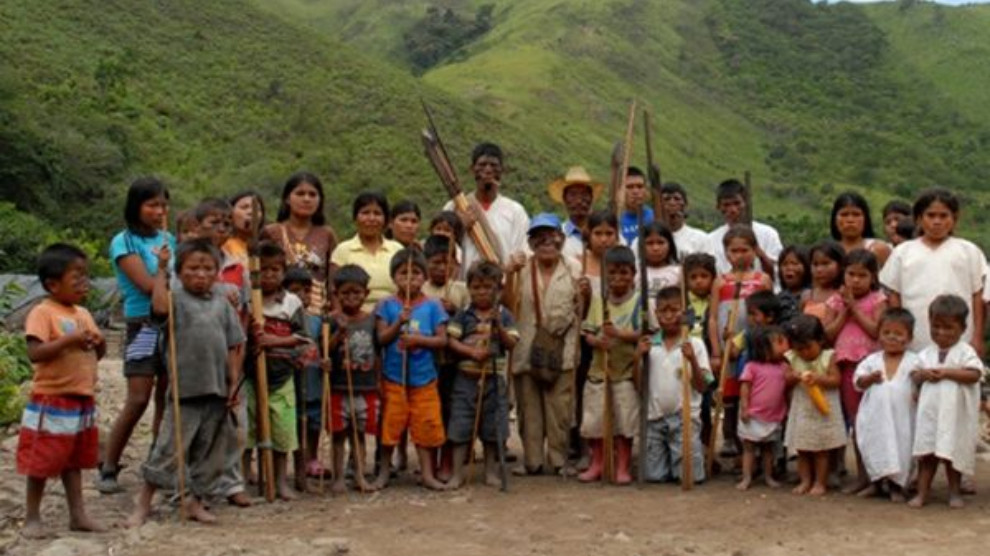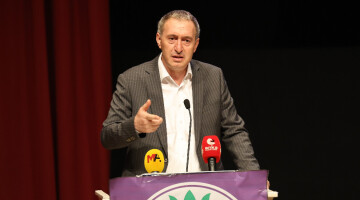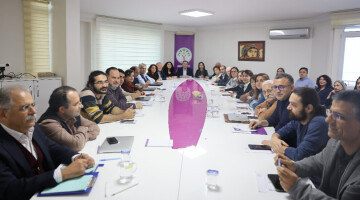A new census conducted by the competent authorities, this time with the advice and participation of the organizations of the native peoples, includes results until 2018 and shows that the population figure that is recognized as “indigenous” is really 1,905,617 people, an increased of 513,000 people with respect to the data published in 2005.
In this way the original population goes from 3.4% to 4.4% of the national total (just over 48 million).
The study includes the recognition of 115 different villages, 22 more than in 2015, and records 6,000 communities not included in the previous census, as well as an increase in the female population that stands at 50.1%, compared to the previous 49.5%.
Statistics also show that the indigenous population, which is concentrated in rural and semi-rural areas, suffers from significant lack of social services.
National indigenous organizations were satisfied with the new census, in which they participated both in terms of preparation of the questionnaire and in facilitating the access of the people collecting datas to all communities.
Luis Fernando Arias, Senior Advisor of the National Indigenous Organization of Colombia (ONIC) said: "When we warned about a statistical genocide we did not exaggerate, now we registered some progress in the process of inclusion."
In spite of the new data, the indigenous authorities indicate that the census is still incomplete and that they wait to know the “microdata” in order to make a thorough and detailed assessment of the deficiencies.












